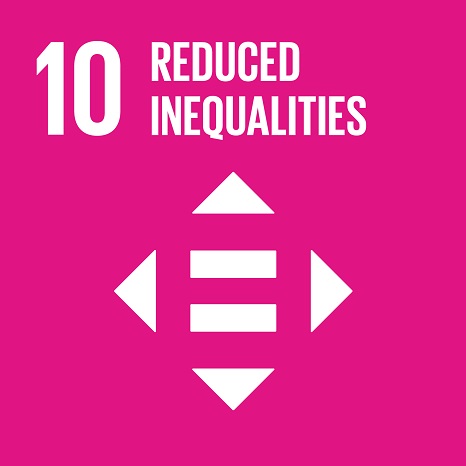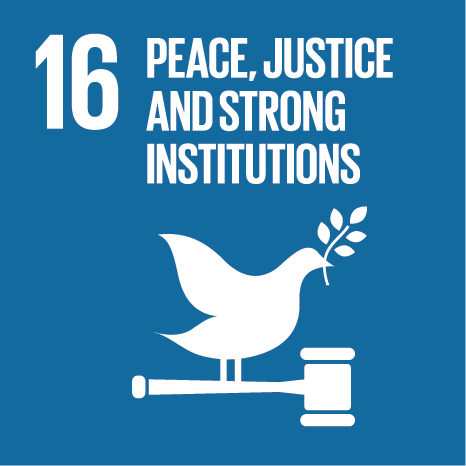Ciência_Iscte
Publications
Publication Detailed Description
Ingroup projection as a challenge of diversity: consensus about and complexity of superordinate categories
Book Title
The Cambridge Handbook of the Psychology of Prejudice
Year (definitive publication)
2016
Language
English
Country
United Kingdom
More Information
Web of Science®
This publication is not indexed in Web of Science®
Scopus
This publication is not indexed in Scopus
Google Scholar
Abstract
As is often done, we could begin such a chapter in a volume on intergroup conflict with a dire description of the state of human society and the continuing menace of social discrimination, prejudice, injustice, and ethnic violence. However, a children's book by the Austrian writer Edith Schreiber-Wicke (1990), whose title may be translated as “When the crows were still colorful,” provides a fable that is more fun, yet insightful. It describes the story of the crows when they still came in all sorts of colors and patterns – orange with blue stripes, green with yellow spots, and so on – until one day a snowman asked the fateful (and probably spiteful) question of what a real, true crow looked like. Now the yellow-with-blue-spotted crows declared yellow with blue spots was the true color of crows, but the lilac crows argued the ur-crow was lilac colored, and all the other crows also claimed their colors were the real ones. There was arguing and quarreling; the crows began to fly with like-colored others only. The fighting ended only when one day a black rain turned all animals black. Afterward, only the crows stayed black and no longer had a reason to argue. The moral of the story? Obviously: ingroup projection is a challenge of diversity! And if we do not want to buy social harmony with dull sameness, we had better think of a more creative way to appreciate and enjoy differences.
Ingroup projection is the perception or claim that one's own group is more prototypical for a higher-order superordinate identity, hence more normative and positive, than a relevant comparison outgroup is, or more prototypical at least than the outgroup thinks the ingroup is. In the present chapter, we briefly outline the ingroup projection model (IPM; Mummendey & Wenzel, 1999; Wenzel, Mummendey, & Waldzus, 2007), discuss its key concepts and relevant recent findings, and essentially argue for two ways in which we need to construe our superordinate identities to reduce tension between diverse and divergent groups included in them: We need to advance consensus about the superordinate identity in question, and about the complexity of its representation.
Acknowledgements
--
Keywords
Ingroup projection,Diversity
Fields of Science and Technology Classification
- Psychology - Social Sciences
Contributions to the Sustainable Development Goals of the United Nations
With the objective to increase the research activity directed towards the achievement of the United Nations 2030 Sustainable Development Goals, the possibility of associating scientific publications with the Sustainable Development Goals is now available in Ciência_Iscte. These are the Sustainable Development Goals identified by the author(s) for this publication. For more detailed information on the Sustainable Development Goals, click here.

 Português
Português



